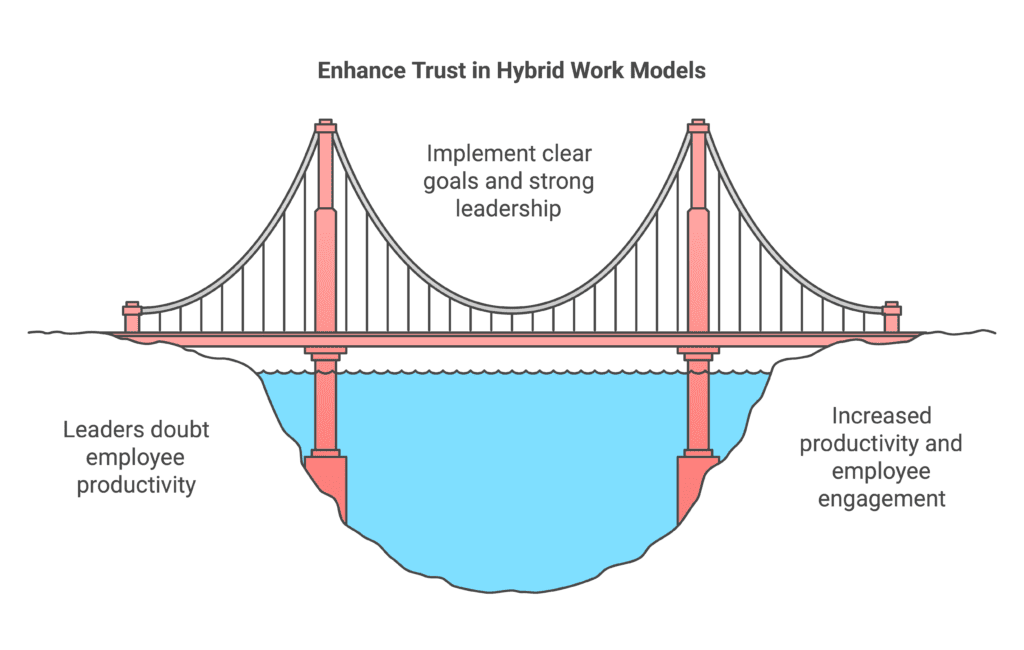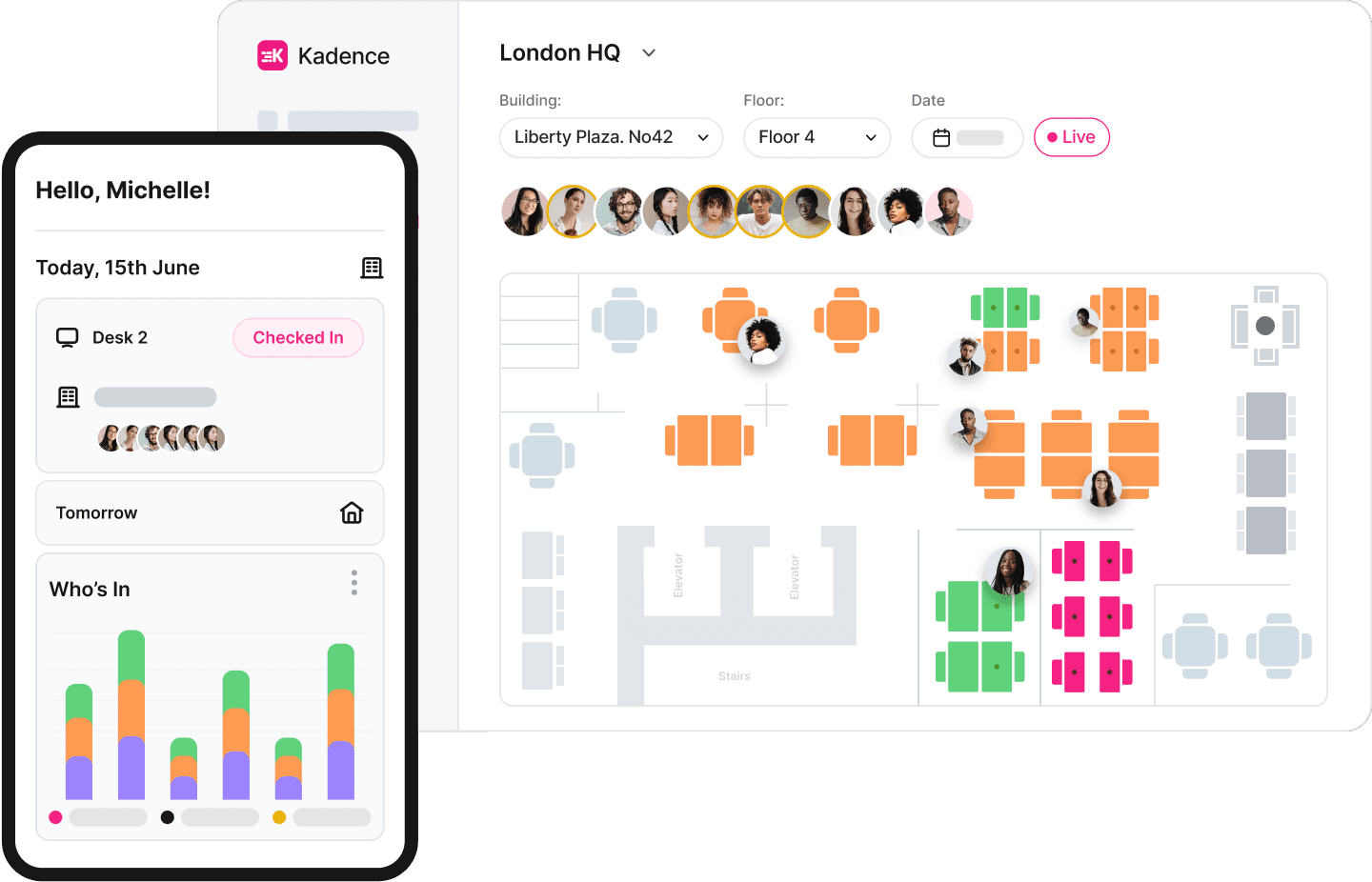It feels like every day brings a new headline about a company pushing for return-to-office (RTO) mandates, making the debate one of the most divisive workplace topics in recent years. While companies like Amazon and JPMorgan Chase have doubled down on their mandates, Nvidia has taken a decidedly different approach—one that prioritizes flexibility, trust, and employee autonomy.
In a world where many CEOs are pushing for full-time office returns, Nvidia is choosing to swim against the tide. The company, which has become one of the hottest names in tech thanks to its dominance in AI and semiconductors, has made it clear: hybrid and remote work are here to stay.

Nvidia’s Flexible Approach: A Competitive Advantage?
Amid the boom in artificial intelligence, Nvidia’s high-powered chips are in high demand from industry giants like Amazon and Google. Yet, while those companies and many others have enforced return-to-office policies, Nvidia—valued at over $1 trillion and employing around 26,000 people worldwide—has taken a different route.
In May 2020, CEO Jensen Huang made his stance clear, stating he had “no trouble with” employees working remotely indefinitely. “There’s no question we’re going to do this,” he told VentureBeat at the time. Fast forward to today, and the California-based company has stood by that position. Employees have complete autonomy over where they work—whether from home, a café, or one of Nvidia’s state-of-the-art office spaces.

Nvidia sees this flexible approach as a way to empower employees, enabling them to balance personal and professional responsibilities.
This philosophy isn’t just about keeping employees happy; it’s a strategic move. By offering flexibility, Nvidia can attract and retain top-tier talent in an industry where skilled professionals are in high demand. It also fosters innovation by giving employees the freedom to work in environments that enhance creativity and deep focus.
A Stark Contrast: Amazon and JPMorgan’s RTO Mandates
Nvidia’s stance is a sharp contrast to what we’ve seen from Amazon and JPMorgan Chase. These corporate giants have taken a more rigid stance, implementing strict office mandates that have sparked internal resistance.

At JPMorgan, employees have actively pushed back against the company’s in-office requirements, even launching a petition against the mandate. The push for RTO has been met with frustration, as many workers feel the policy prioritizes control over productivity. Employees argue that they’ve proven remote work can be effective and question why the company is taking a step backward.
Amazon, on the other hand, has faced similar struggles. Its attempt to enforce a structured hybrid model—requiring three days a week in the office—has led to discontent among employees. Many workers view the policy as arbitrary and counterproductive, especially in a company that thrived during the pandemic with distributed teams. Reports suggest that morale has taken a hit, with employees feeling that their voices aren’t being heard.
The Future of Work: A Lesson from Nvidia?
So, what can we learn from Nvidia’s approach? The company’s decision to embrace hybrid work isn’t just about flexibility—it’s about recognizing the changing dynamics of modern work. Employees today value autonomy, and organizations that acknowledge this stand to benefit from increased engagement, retention, and innovation.
Research backs this up. A recent study from Stanford’s Institute for Economic Policy Research found that U.S. executives overwhelmingly expect remote work to remain a permanent fixture in the workplace. The study highlights how companies that integrate hybrid models successfully see productivity gains, increased job satisfaction, and reduced attrition. Nvidia’s approach aligns with this trend, proving that hybrid work isn’t just a short-term experiment but a viable long-term strategy.
Only 12% of executives surveyed who currently support hybrid or remote work plan to enforce an RTO mandate in the coming year. However, even if these mandates take effect, their impact on overall remote work trends will be minimal. Projections suggest that RTO policies will only reduce the share of work-from-home (WFH) days by 0.4 percentage points—dropping from 21.2% to 20.8% of all paid workdays. And even this slight shift is uncertain, as many firms are encountering significant pushback and logistical challenges in enforcing in-office attendance.
Meanwhile, companies that force RTO without clear justification risk alienating their workforce. The resistance seen at Amazon and JPMorgan is a clear sign that employees are unwilling to accept mandates that don’t align with their proven ability to work effectively from anywhere.
The workplace is evolving, and rigid RTO policies feel increasingly out of step with what employees want. Nvidia’s decision to stick with hybrid work is a testament to the power of trust and adaptability. The question is: will other companies follow suit, or will they continue to battle against a shift that’s already well underway?
How Kadence Supports Hybrid Teams
At Kadence, we believe that hybrid work isn’t just a policy—it’s a strategy that requires the right tools to succeed. Our platform helps companies navigate the complexities of flexible work by making it easy to manage schedules, coordinate in-office collaboration, and create seamless workplace experiences.
Companies like Nvidia are showing that hybrid work isn’t just viable—it’s a competitive advantage. If your organization wants to build a hybrid strategy that works, Kadence can help make it happen. Book a demo with us today.






